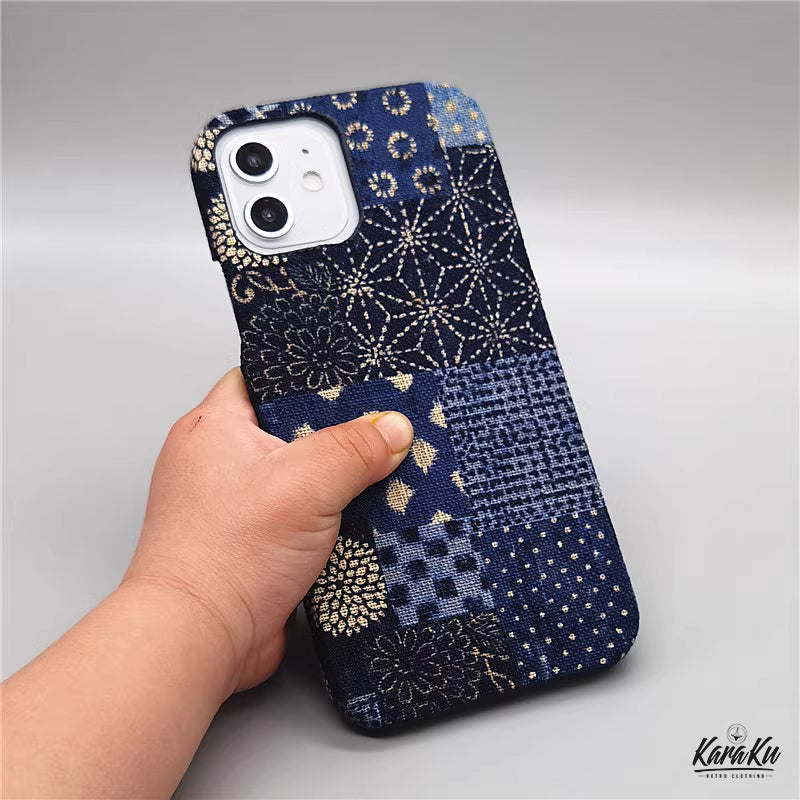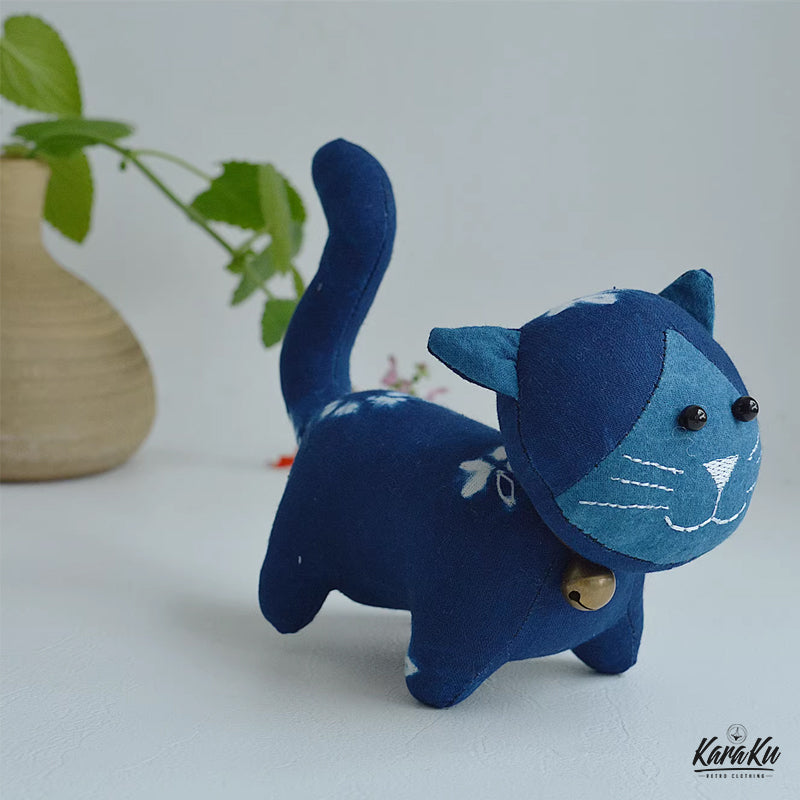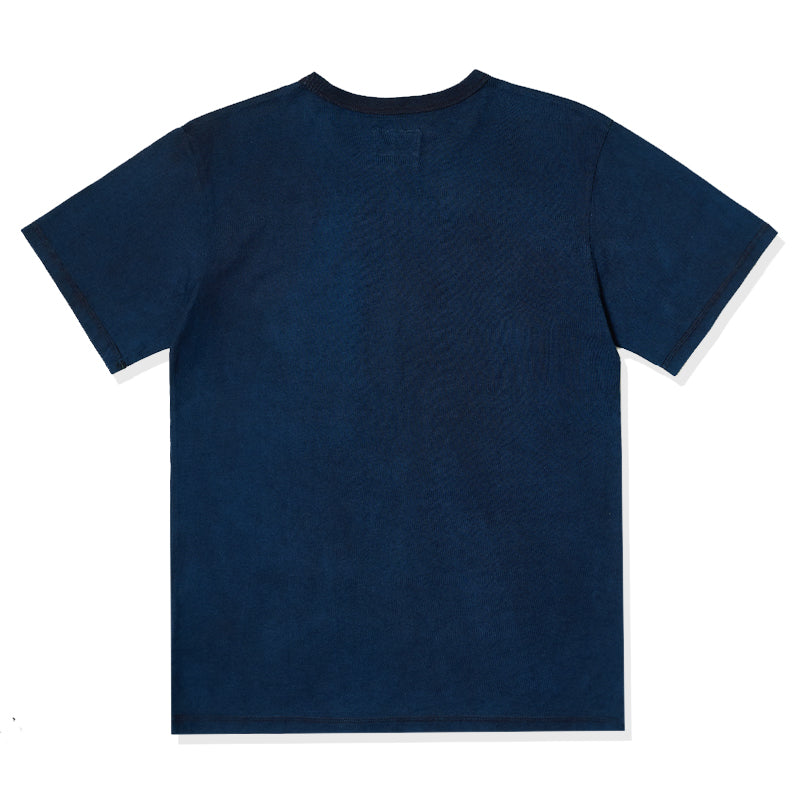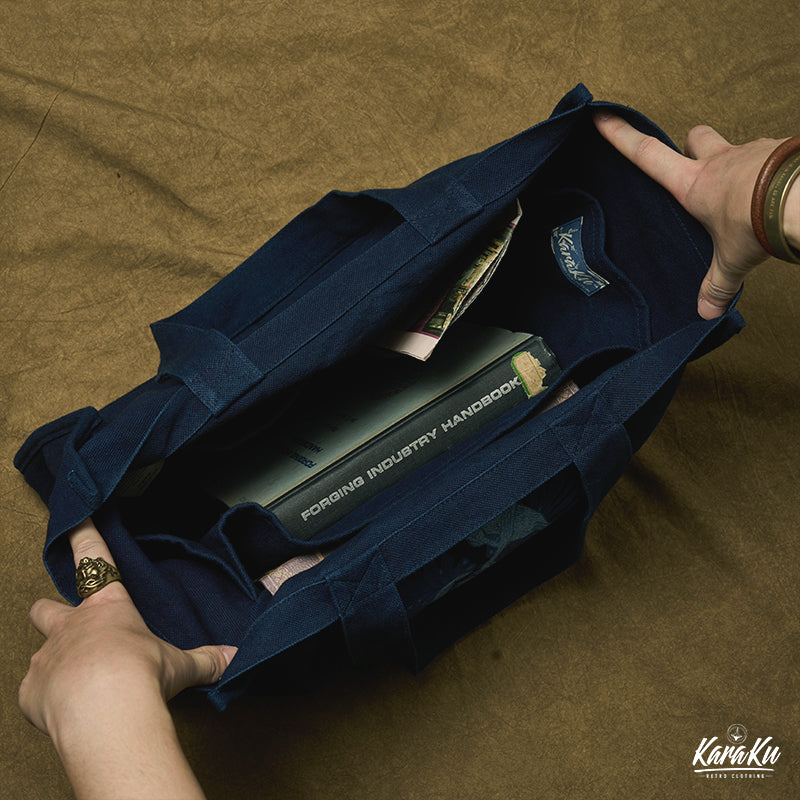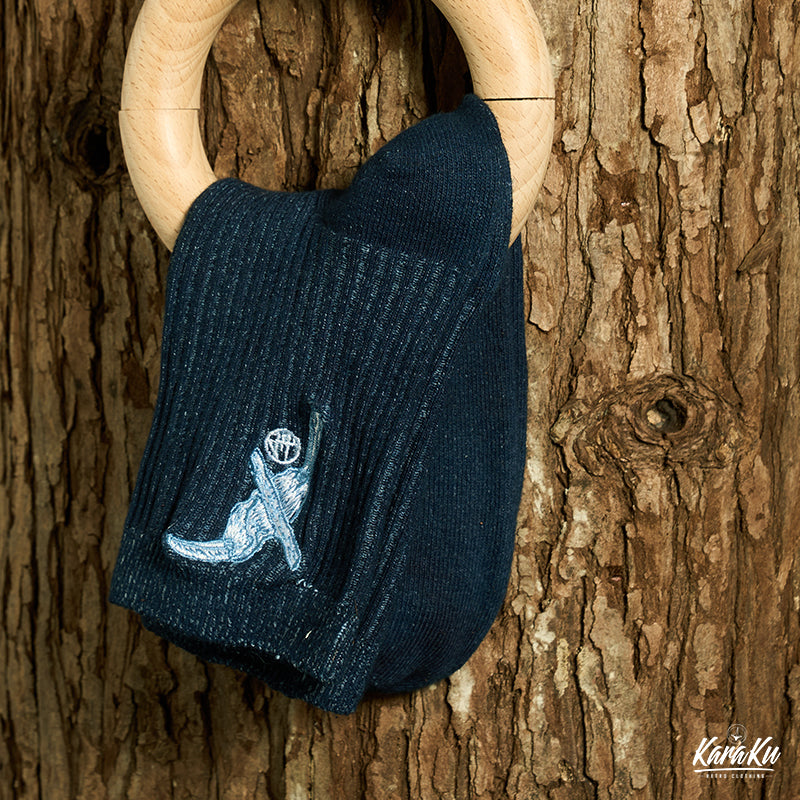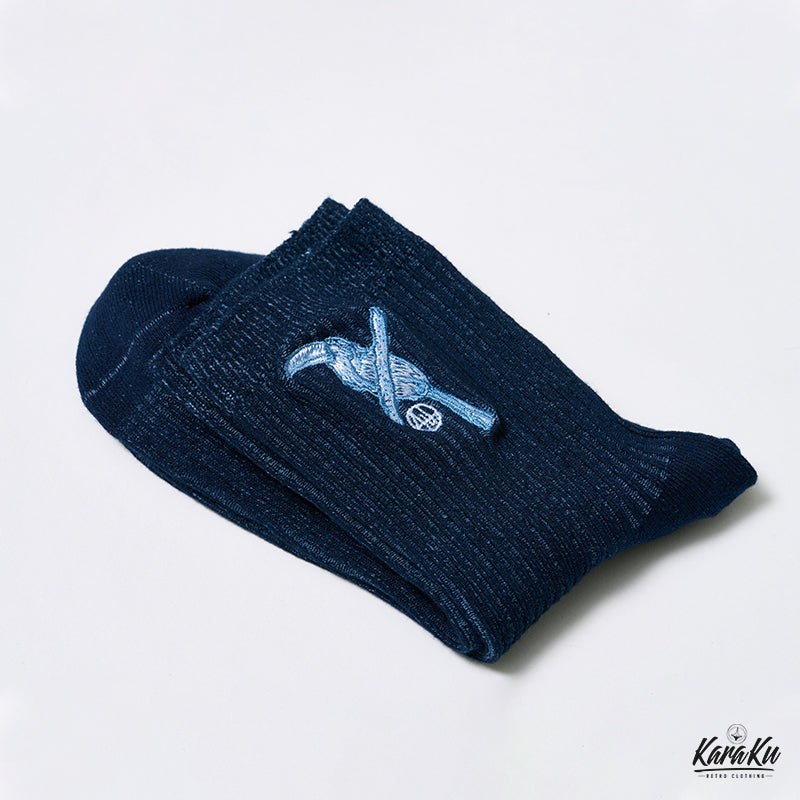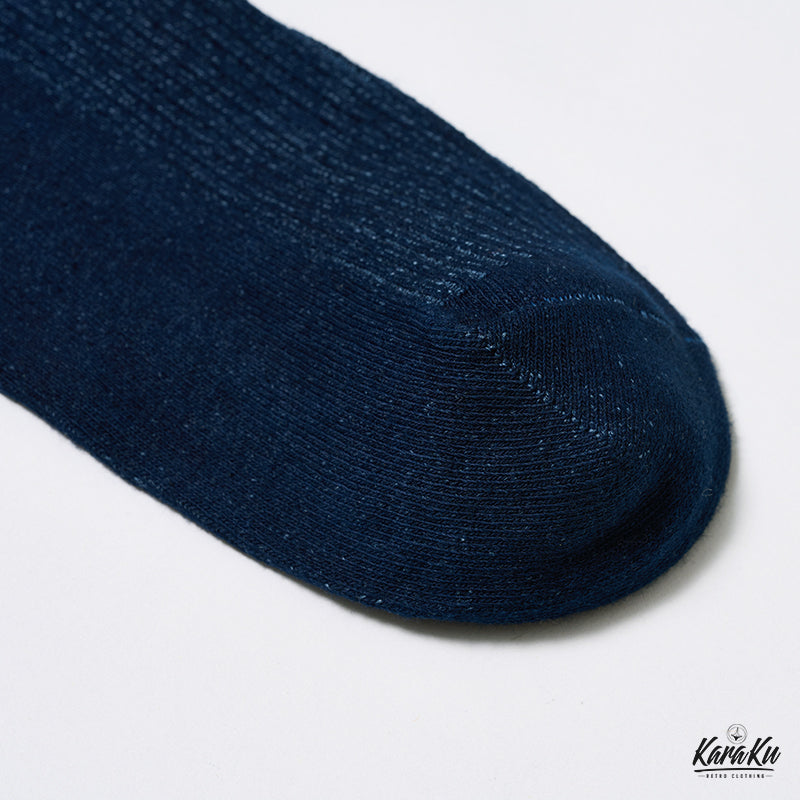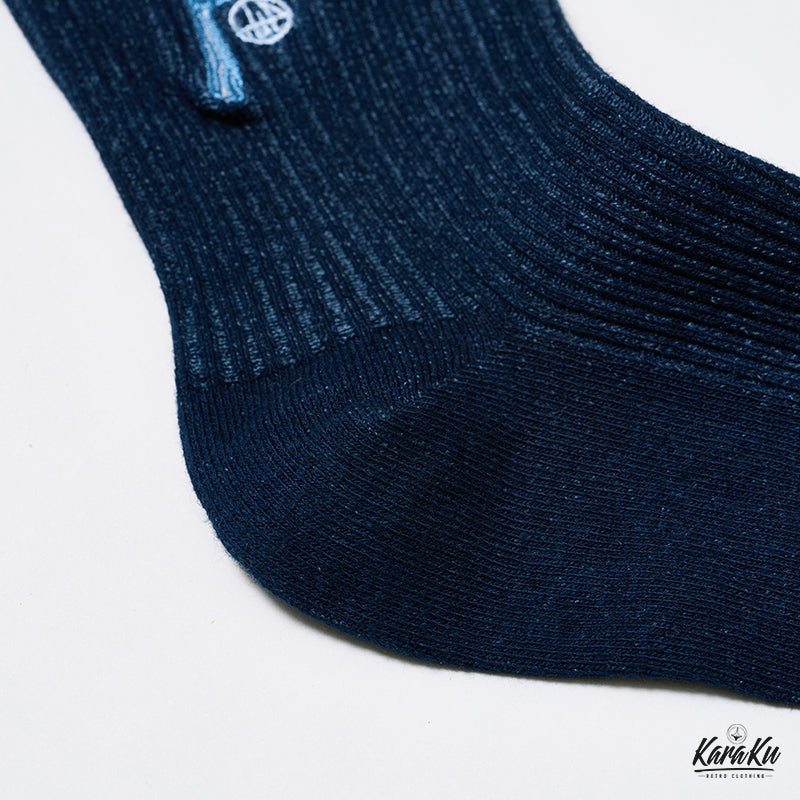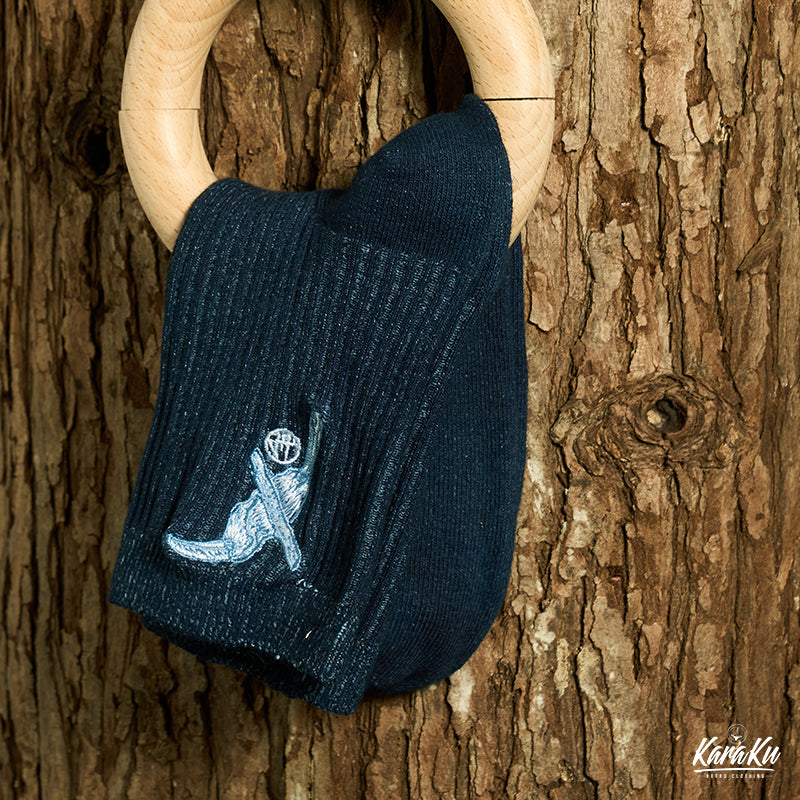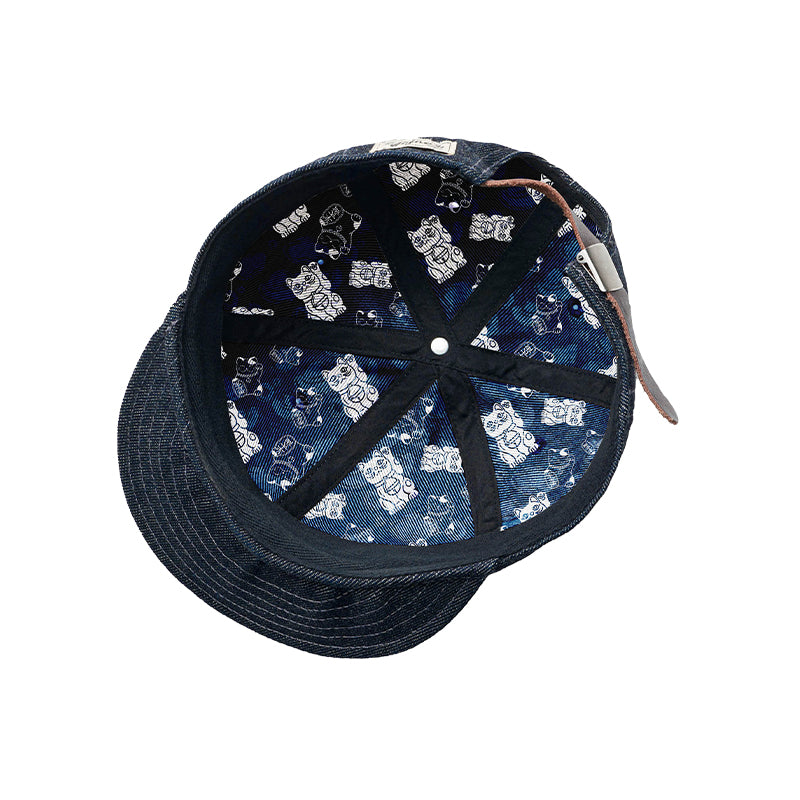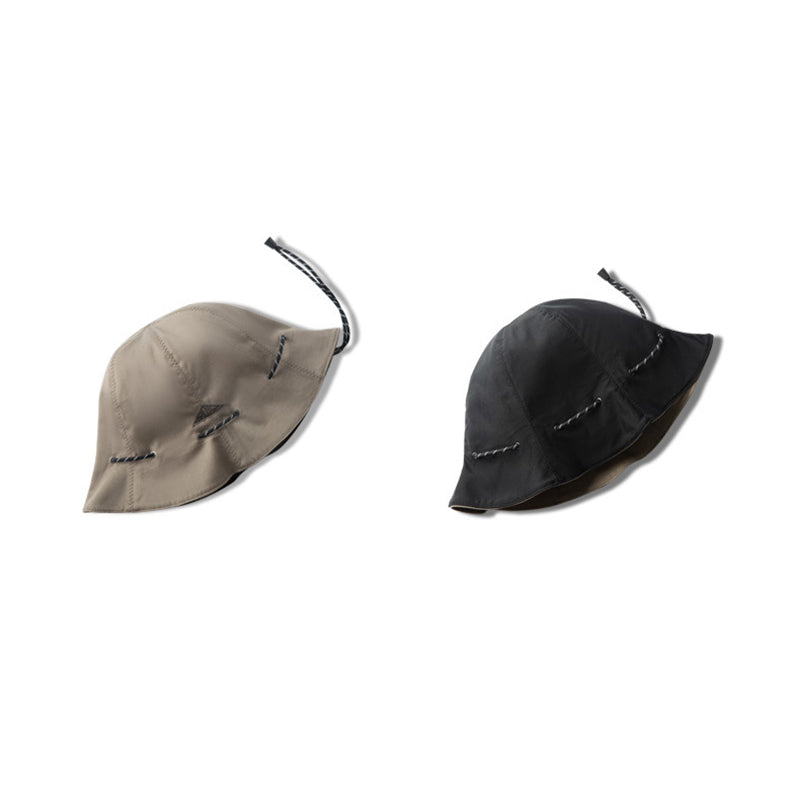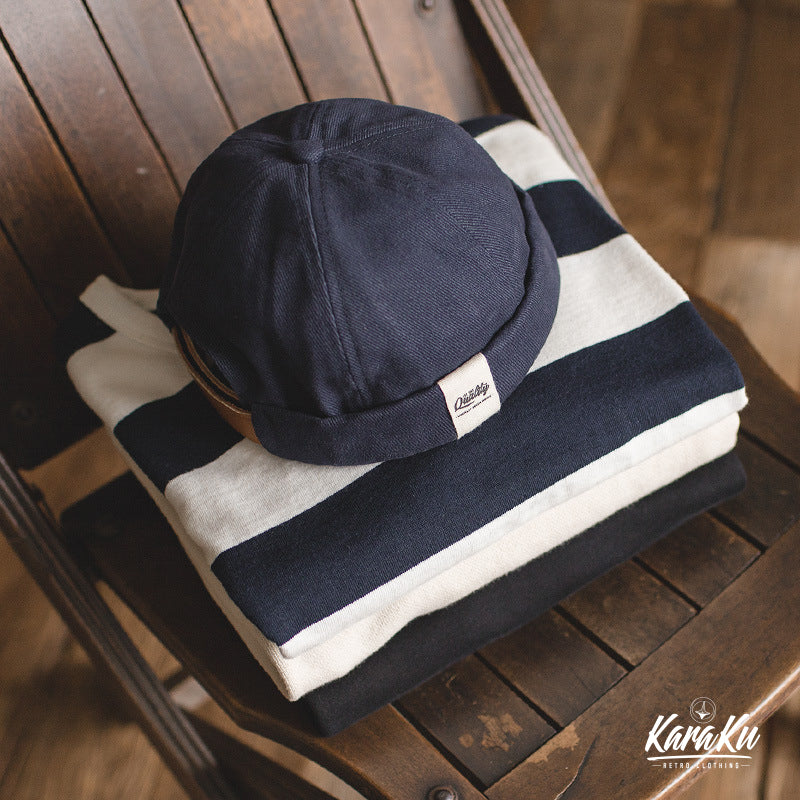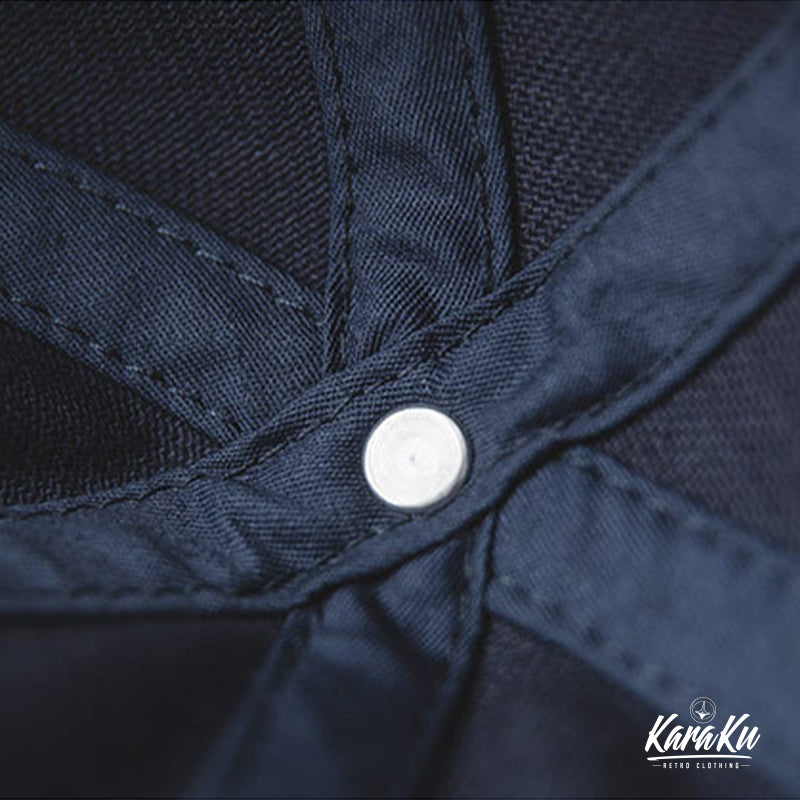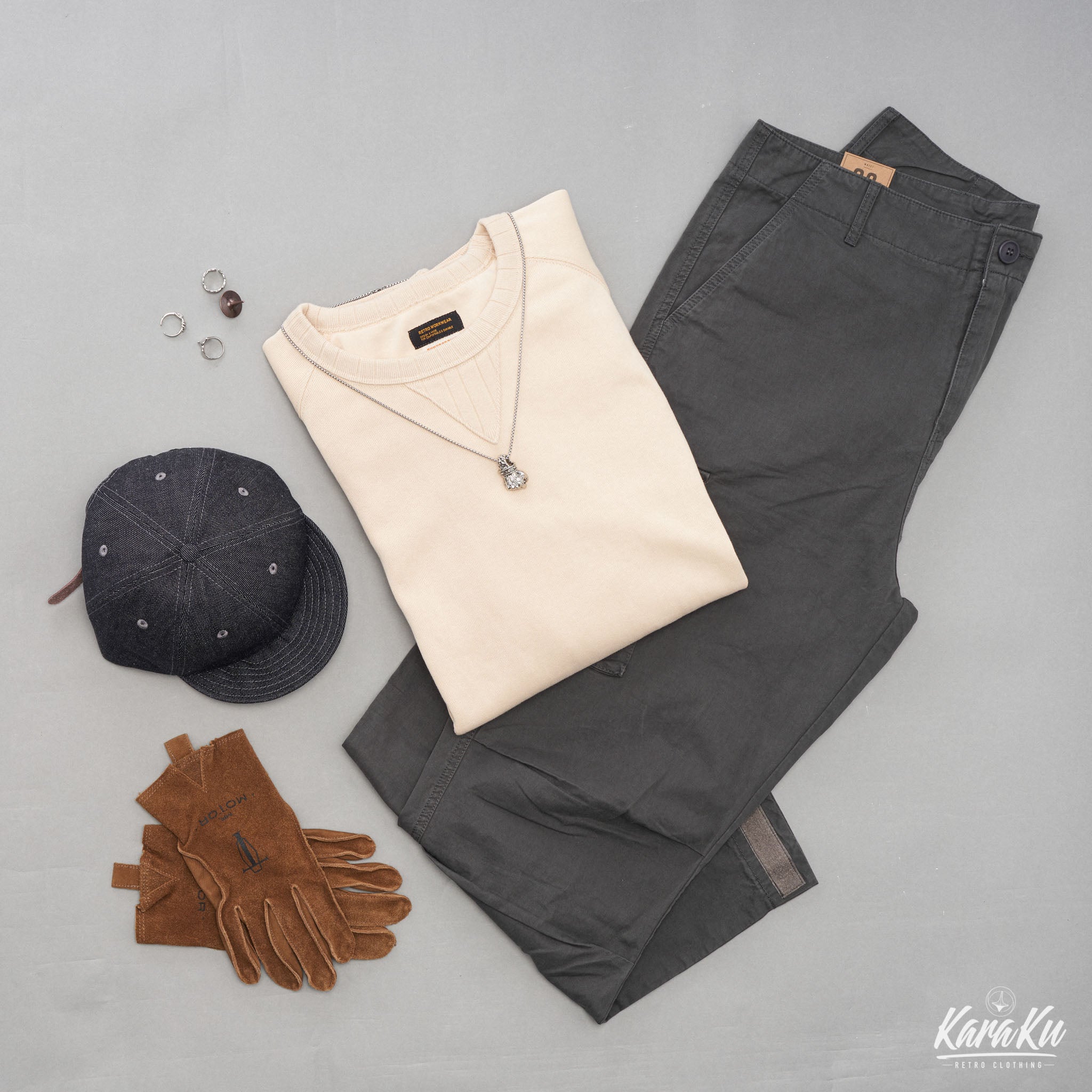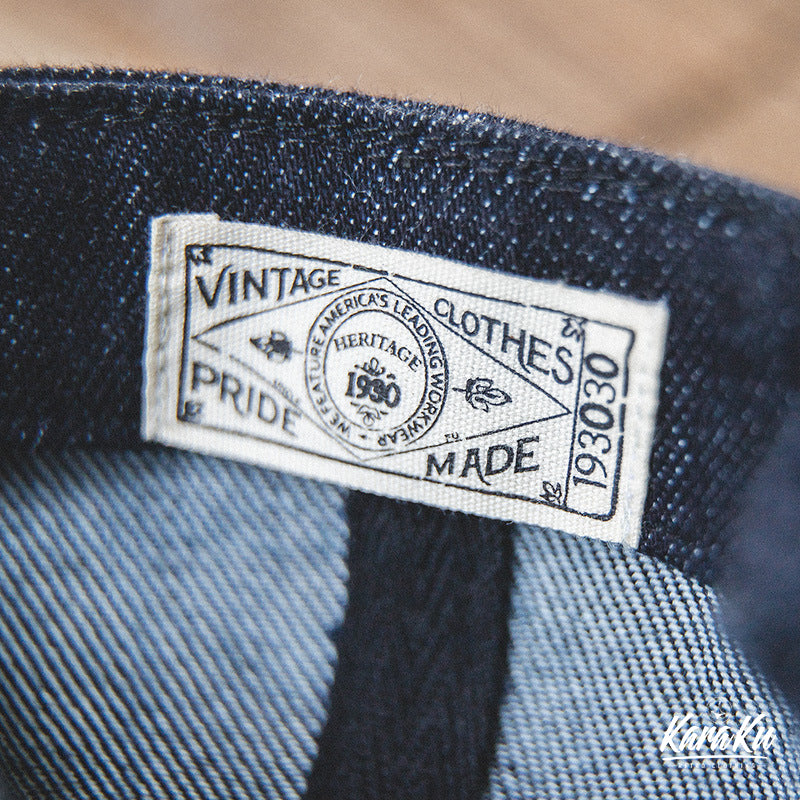The history of Japanese indigo dyeing

Yamatai is the first place in the history of Japan where something like indigo dyeing appears. Indigo-dyed items have also been unearthed from remains from the Kofun period, but there is debate as to whether or not the indigo-dyeing at that time was due to Tadeai. In the Twelve Ranks of the Crown, which is famous for Prince Shotoku, blue and navy blue were the colors of high-ranking aristocrats. In the Tenpyo period, dyeing techniques such as shibori and itajime were developed, and indigo dyeing, which makes cloth strong and has insect repellent effects, was used for many things, including treasure packaging. Even now, there are many indigo dyes left as treasures in Shosoin.
Entering the age of the samurai, indigo dyeing undergoes a revolutionary change.

Aizome, which can be expected to strengthen the fabric just by dyeing it and has an antibacterial effect, is a necessity for samurai who spend their days in battle. Until then, indigo dyeing had been done by fermenting the leaves of the knotweed with lye, but in the middle of the 15th century, sukumo was invented, which made it possible to dye indigo anywhere in Japan. Awa (Tokushima), which used to produce Tadeyei, also started to produce Sukumo, and it started to make a big profit. In the Edo period, “Konya”, who made a living by indigo dyeing, began to be seen in castle towns all over the country. became. The castle town of Koriyama, where Fureai Kobo Watamoto is located, was also developed by Hidenaga Toyotomi as a thriving town for cotton and navy blue.

In the Meiji period (1868-1912), indigo dyes using indigo dyes and synthetic dyes began to be imported from overseas. The indigo eye is more than five times that of the knotweed eye, and the synthetic indigo is the pigment itself. After the war, the domestic spinning industry hit a plateau, and indigo dyeing as an industry almost disappeared from Japan.
This situation changed around the time of the bubble economy, when people began to reconsider the use of natural indigo dyeing as a natural dye that is both good for the body and the environment.































































































































































































































